International Heritage Centre blog
All the World’s a Fair: The World-Wide Salvation Army Exhibition, 1896
All the World’s a Fair: The World-Wide Salvation Army Exhibition, 1896
Back in 2016, 120 years after it took place, this blog explored the Salvation Army Exhibition held in the Agricultural Hall in Islington, north London, from 1 to 10 August 1896. The focus was on the organisation of the event as part of the somewhat mysterious early history of the Special Efforts Department.
Now, as we approach the 125th anniversary of the exhibition, we revisit our collection holdings to consider the event in the wider historical context of the popularity of world fairs that had taken hold following the Great Exhibition in Hyde Park in 1851.
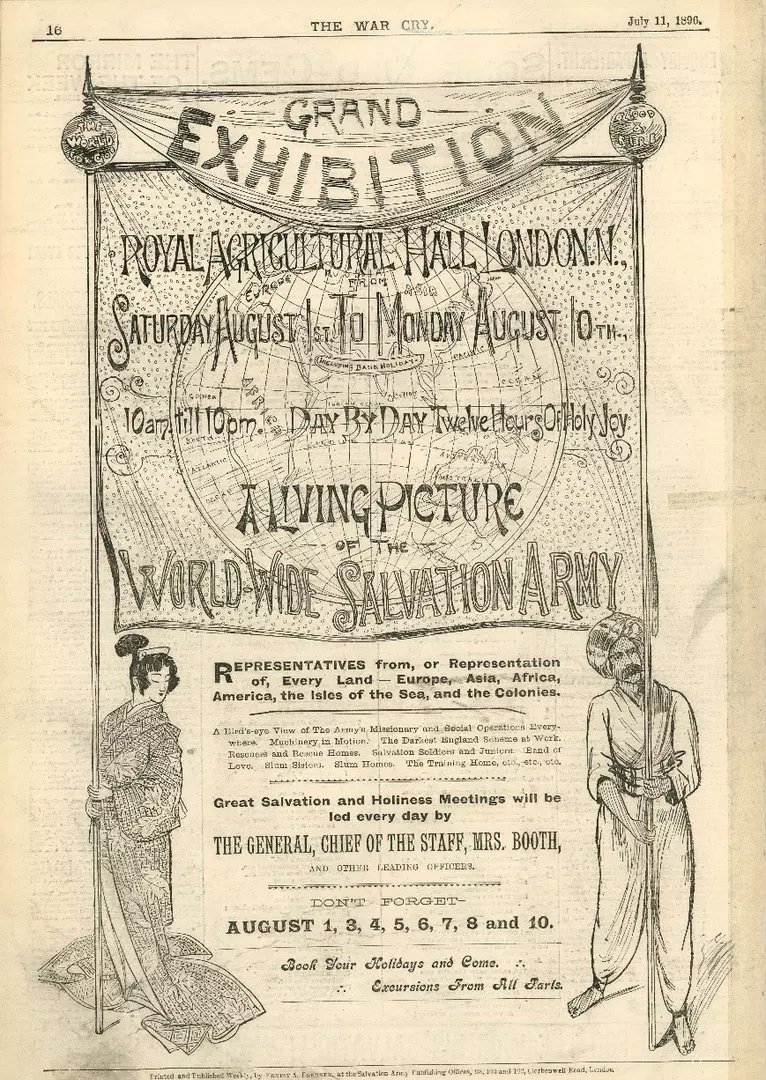
The exhibition, which was heavily advertised in the Salvation Army press, promised to present ‘A Living Picture of the World-Wide Salvation Army’. While the organisation was by this time established globally, it had only recently attained recognition as a social charity with the publication of In Darkest London in 1890; in the preceding decade it had still faced violent opposition in the UK and Salvationists were prosecuted over their open-air demonstrations. The exhibition, then, was both a marker of success and an indication of the organisation’s sustained ambition.
The early Salvation Army was skilled at embracing modern marketing, and the exhibition format was an obvious choice. While industrial exhibitions dated back to the late eighteenth century, their popularity had grown exponentially from the 1850s, not to wane until the mid-twentieth century. Besides the Great Exhibition, notable examples include the 1855 Exposition Universelle in Paris and the 1893 World’s Columbian Exposition in Chicago. The format also had parallels with charity bazaars, which made the link with social aims explicit. In addition, The Salvation Army already had experience of displaying the products of its industries in the showrooms of the Trade Department.
As well as raising awareness of The Salvation Army’s activities on a massive scale, the exhibition was intended as a holiday destination for Salvationists. Publicity materials advertised that ‘Arrangements have been made with the various Railway Companies to run SPECIAL TRAINS at Special Rates’ to take visitors from across the country to the exhibition in London. This idea had a history of its own: the origins of travel companies like Thomas Cook are famously linked to excursions to the 1851 Great Exhibition. Encouraging as many Salvationists to attend as possible was an effective way of raising revenue as all visitors paid the admission fee of one shilling, and were also encouraged to spend at the exhibition itself on sales from the Trade Department and Rescue Work as well as on refreshments.

An important stated objective was to demonstrate the global reach of The Salvation Army’s operations, to Salvationists as well as to the public. One War Cry contributor using the name Abraham Riser – probably a pseudonym – wrote in an article entitled ‘The Great Exhibition Up-to-Date Notes’ on 26 July 1896:
This also connected to much more uncomfortable aspects common to the world fair format: namely, that of including living people in the exhibition, and particularly people from other countries and cultures. Illustrations and descriptions in The War Cry from this period of people who were part of the exhibition often reflect cultural stereotypes and sometimes use language we would now find offensive.
It is important to remember that the exhibition took place in a context of empire; not only were Salvation Army institutions named ‘colonies’, but at this time William Booth was still conducting negotiations with various overseas territories with a view to establishing a ‘Colony Over the Sea’ where people from the UK could be sent to settle as farmers. While this project was never carried out, the organisation supported voluntary emigration schemes into the twentieth century, as explored in this blog post and our subject guide on Migration.

The 1896 exhibition was in many ways a striking example of the rapid growth and development of The Salvation Army, which had gone in the space of 30 years from a small mission in a deprived part of east London to a global operation supporting people in need as well as conducting religious missionary work. At a simpler level, the exhibition was both an effective form of self-promotion and a way of obtaining tourist revenue. It was also enmeshed in discourses of empire that manifested in the display of human beings and their ways of living for a tourist gaze. 125 years after it took place, we welcome further research into the complexities of this event.
Flore
August 2021
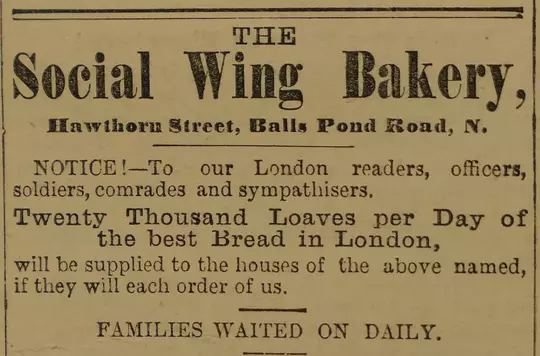
Pastries with Principles: The Salvation Army's Social Wing Bakery
Read all about The Social Wing Bakery, one of The Salvation Army's late nineteenth century social schemes!
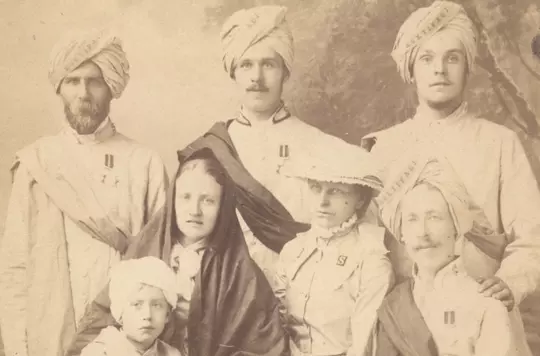
In Greenest India
Archivist Ruth Macdonald takes a look at a tree-planting initiative undertaken by The Salvation Army in India in the early twentieth century.
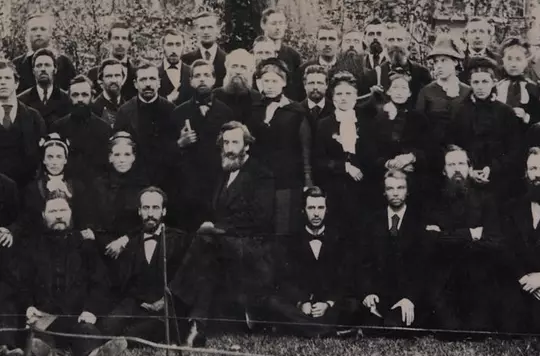
Dedicated Followers: Uniforms and The Salvation Army’s Attitudes to Fashion
Everybody recognises a Salvation Army uniform. But what was behind their introduction in the late nineteenth century?
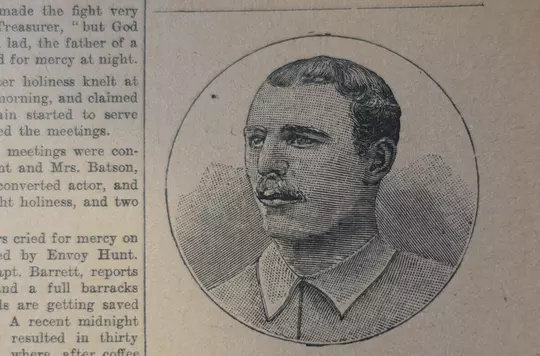
Davie Haddow, the converted international footballer
As the 2020 European Championship nears the finals, our Director, Steven Spencer, reflects on the life of Davie Haddow, The Salvation Army's 'Converted Footballer'.